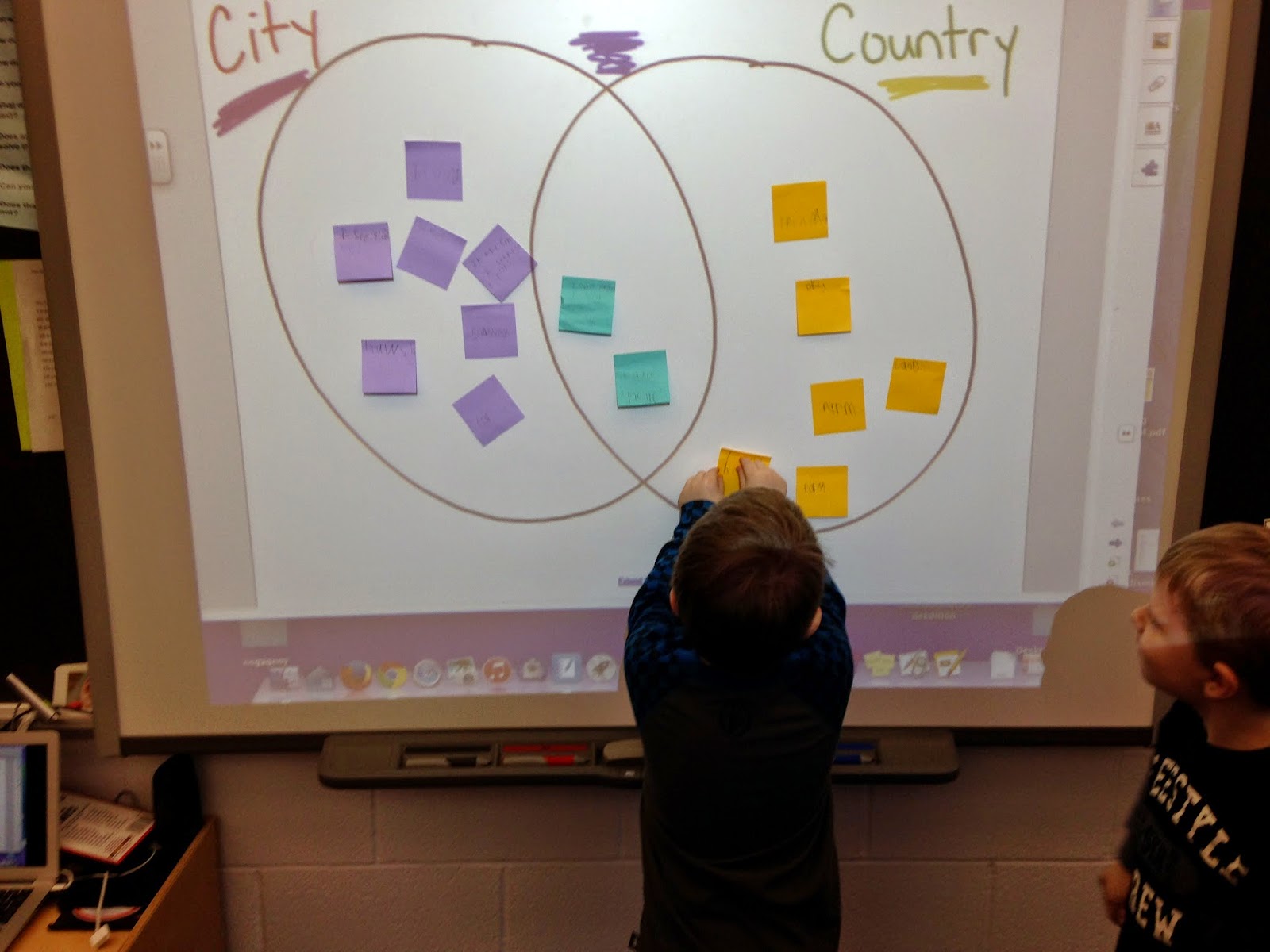This post has been in the back of my mind for a while, but life got in the way and it is just getting written now. We studied insects about 3 weeks ago with our study of spring. It seemed really early to me to be doing insects with snow on the ground, but that is how our curriculum is set up, so off we went!
After learning about the characteristics of insects through our morning message and a little book provided by our curriculum, we set to work creating our own insects. My only requirements for their insect creations were: it had to have the characteristics of an insect (3 body parts and 6 legs) and it could not have the name of an insect we already know about (no bees, ants, grasshoppers, etc). Making up a name for the insect proved to be one of the most challenging aspects!
My kiddos had access to white Model Magic (L-O-V-E that stuff!), pipe cleaners, paint and Sharpies. I would have given them other materials if they would have asked, but they seemed content with these items. This is the first time I've used the white Model Magic and painted it. I would absolutely do this again. It was much easier to add details with paint than it was to try to combine different colors of Model Magic as I tried in the past.
We started with the Model Magic to make the insect's body. Each body part is held together with the next part with 1/2 a toothpick just to be safe. They then collected pipe cleaners to make their legs and antennae.
The following day, my kiddos began the painting process. They love paint, so this was probably the best part for them. I asked each kiddo individually what color paint they wanted then split them into table groups by paint color. This cut down on paint waste (I can't ever judge how much I need to put out!). I would definitely split them this way again.
Once the painting was done, we let our insect creations dry overnight. The next day, kiddos added details such as eyes, mouths, etc. They also gave their insect food and/or a habitat. Then we were ready to display them.
I took them to the computer lab to write a description of their insect. I told them that someone was looking for their insect. What would they look for? What colors is the insect? What special features does it have? Where does it live? What does it eat?
After my kiddos typed and printed their descriptions, I shrunk them to 50% on the copier to put them on the table by their insects.
 |
| "This is the bitter bug. He bites a lot. My bug eats people and lives in a cave." |
 |
| "It eats leaves. It lives in the rainforest. It is black. It has 6 legs. Its legs are black and orange." |
 |
| "My princess fly opens its eyes when it is outside. It lights up. The color is black. It eats flies." |
I allowed my kiddos to use their own spelling on this project because I think it is important to encourage them to be writers and not to always correct their spelling. They know that the "red line" on the computer means that it is spelled incorrectly. I'm proud of their inventive spelling is pretty good for 3rd nine weeks of kindergarten!
Our insects are still on display in the hallway right outside our room and have received many compliments from staff and students. This is a project that I would most definitely try again.



















































